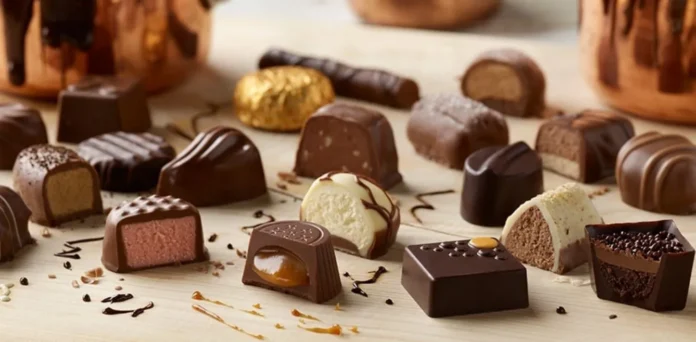Chocolate is one of the world’s most beloved and popular treats. Whether you prefer it in the form of a bar, a truffle, or a hot drink, there’s no denying the joy it brings to our lives. But while most of us are familiar with the mass-produced products that line the shelves of supermarkets, there’s another world of chocolate out there that is far more nuanced, complex, and delicious: artisan chocolate.
Artisan chocolate is made in small batches by skilled craftsmen and women who take pride in every aspect of the production process. It’s a far cry from the industrialized treats that most of us are used to, and it’s a world that is full of innovation, creativity, and passion.
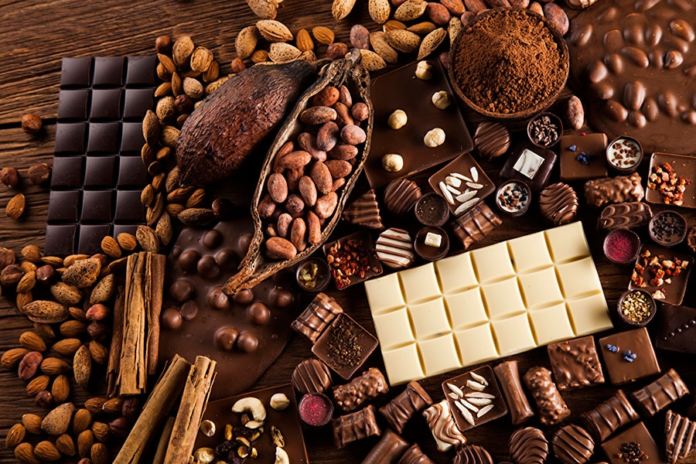
The Origins
Chocolate has been enjoyed for thousands of years, and its origins can be traced back to Mesoamerica, where it was first consumed by the Olmecs, Maya, and Aztecs. In these ancient civilizations, it was seen as a sacred and valuable commodity, and it was consumed in a variety of ways, including as a drink, a spice, and medicine.
The cocoa products consumed by these early civilizations were far different from the sweet treats we enjoy today. It was bitter and spicy, and it was often mixed with other ingredients such as chili peppers, cornmeal, and vanilla. It was also consumed in a very different way – rather than being eaten, it was frothed up and drunk as a beverage.
Artisan chocolate in Mesoamerica
In Mesoamerica, chocolate making was a highly skilled craft that was passed down from generation to generation. The process of making this treat was labor-intensive and time-consuming, involving roasting and grinding cacao beans, mixing them with water and other ingredients, and then frothing the mixture to create a drink.
The chocolate produced by these early artisans was highly prized, and it was often used in religious ceremonies and as a form of currency. It wasn’t until the arrival of the Spanish in the 16th century that chocolate was introduced to Europe, where it quickly became a popular luxury item.
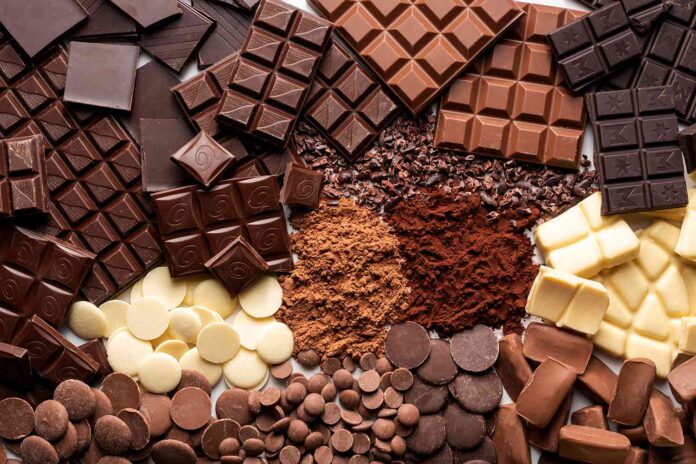
Industrialization of chocolate production
As cocoa consumption grew in Europe, the demand for cocoa products also grew. This led to the industrialization of chocolate production, with factories springing up across the continent to produce it on a mass scale.
The industrialization of chocolate production had a profound impact on the industry. It allowed chocolate to be produced more efficiently and at a lower cost, making it more widely available to the masses. However, it also led to a decline in the quality of this product, as many of the traditional techniques used to make artisan chocolate were abandoned in favor of more efficient, cost-effective methods.
Revival of artisan chocolate making
In recent years, there has been a growing interest in artisanal food products, including chocolate. As consumers have become more aware of the environmental and social impact of their food choices, they have sought out products that are produced in a more sustainable and ethical way.
This has led to a revival of artisan chocolate making, as consumers seek out products that are made with high-quality, sustainably-sourced ingredients and produced by skilled craftsmen and women who take pride in every aspect of the production process.
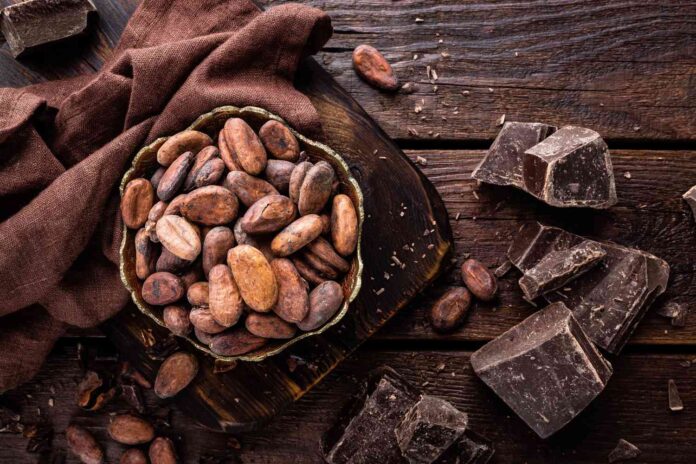
The rise of bean-to-bar treats
One of the most significant developments in the artisan chocolate world in recent years has been the rise of bean-to-bar chocolate. It is made by small-scale producers who source their cacao beans directly from farmers, rather than relying on large-scale commodity traders.
Producers take great care in selecting the cacao beans they use, ensuring that they are of the highest quality and that they are produced in an environmentally and socially sustainable way. They also use traditional techniques to roast and grind the beans, which helps to bring out the unique flavors and aromas of each batch of beans.
Craftsmanship and innovation
Craftsmanship and innovation are at the heart of artisan chocolate making. Artisan chocolatiers take great care in every aspect of the production process, from selecting the cacao beans to crafting the final product. They are constantly experimenting with new ingredients and techniques to create unique and delicious flavor combinations.
At the same time, innovation is also playing a crucial role in artisan chocolate making. New technologies are being developed that allow chocolatiers to produce their products more efficiently and with greater consistency, while also reducing their environmental impact.
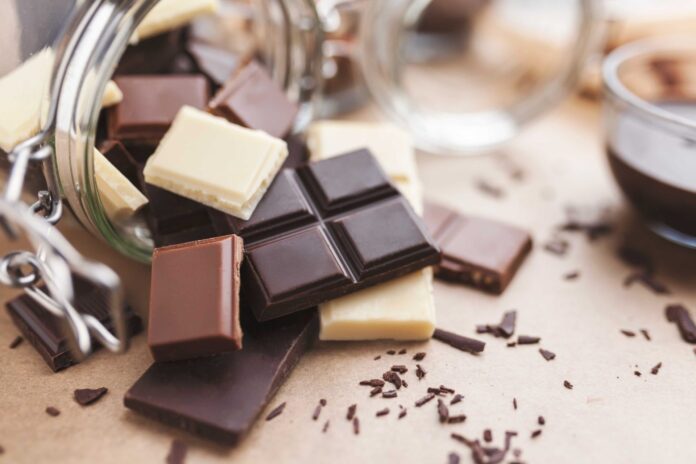
The Role of Technology
For example, many artisan chocolatiers are now using specialized equipment to temper their chocolate, which allows them to produce chocolates with a perfectly smooth and shiny finish. They are also using 3D printing technology to create molds and other tools that allow them to create more intricate and detailed designs.
At the same time, technology is also helping artisan chocolatiers to reduce their environmental impact. For example, some producers are using solar panels to power their production facilities, while others are using innovative packaging materials that are biodegradable and compostable.
Artisan Chocolate in contemporary culture
Artisan chocolate has become a cultural phenomenon in recent years, with consumers seeking out high-quality, unique, and flavorful products. Artisan chocolatiers are now creating desserts with unique flavor combinations, such as sea salt and caramel, lavender and honey, and chili and lime.
It has also become a popular gift item, with many people giving this kind of treats as gifts for special occasions such as birthdays, weddings, and holidays. Some chocolatiers are even creating custom products that are personalized with the recipient’s name or a special message.
Conclusion
Through the centuries, artisan chocolate makers have been perfecting their craft and innovating new recipes to create a truly unique experience for all. From traditional techniques like tempering and molding to modern creations such as fusion bars, artisan chocolate has become an art form with something for everyone. Whether you’re looking for natural ingredients or unusual flavor combinations, there are endless possibilities when it comes to handcrafted artisan desserts. With so much variety, why not try some today?

